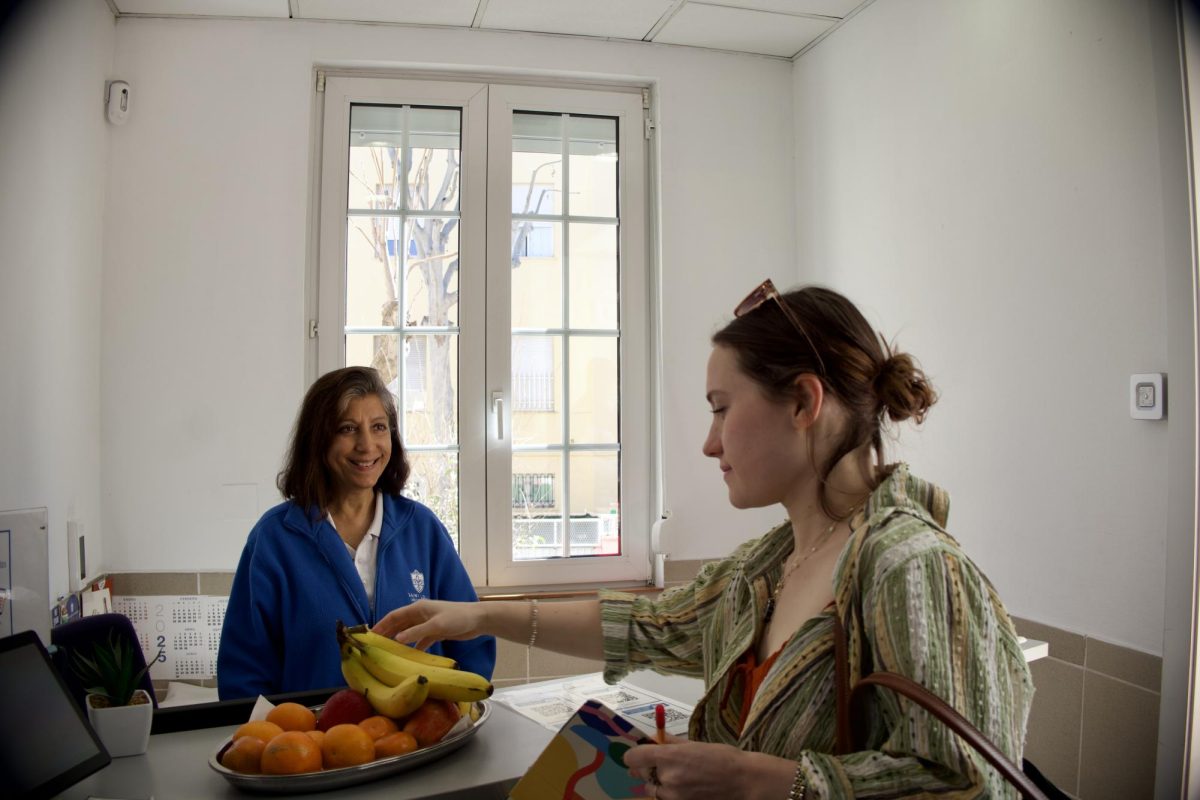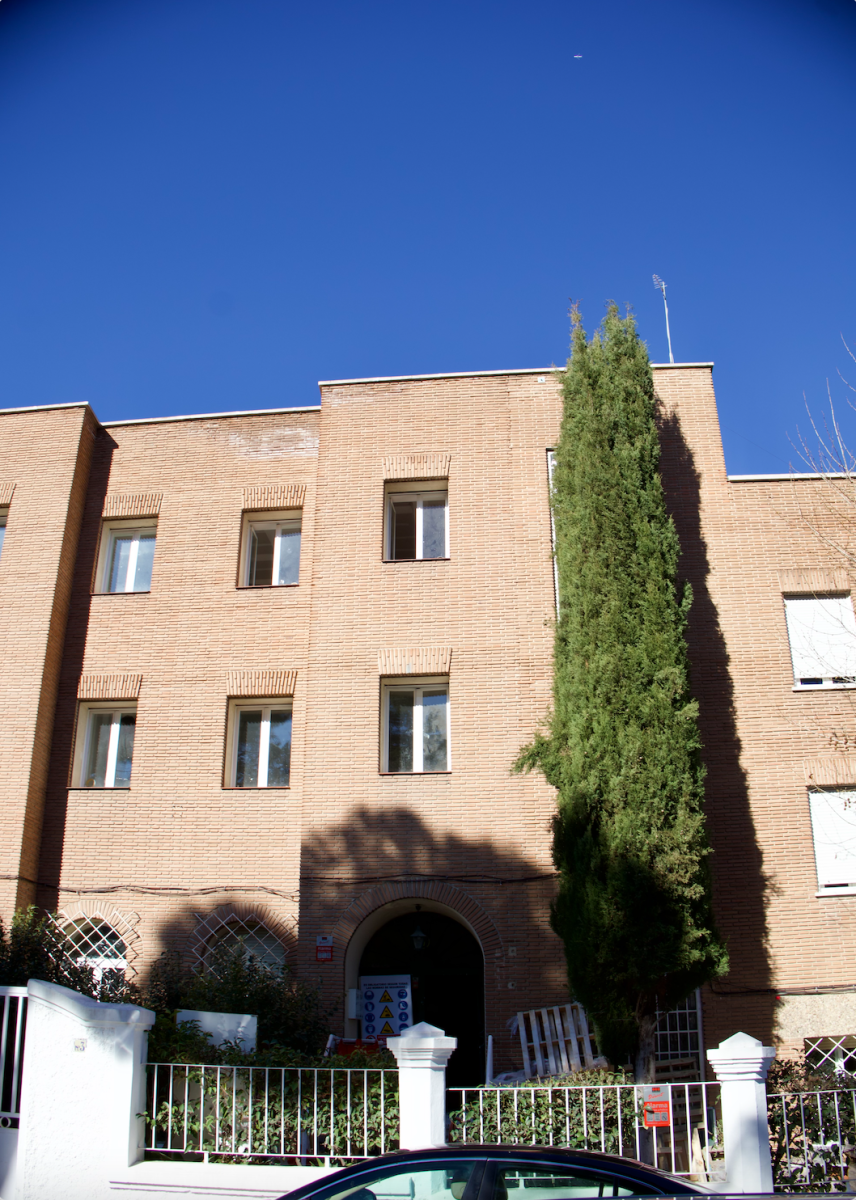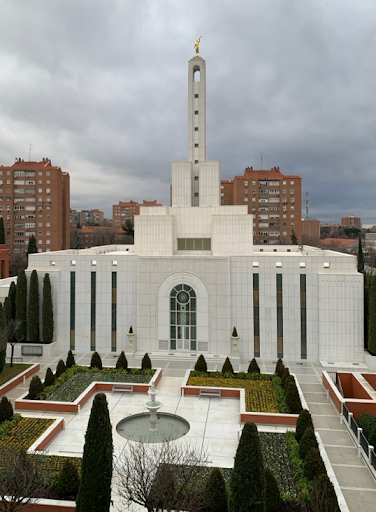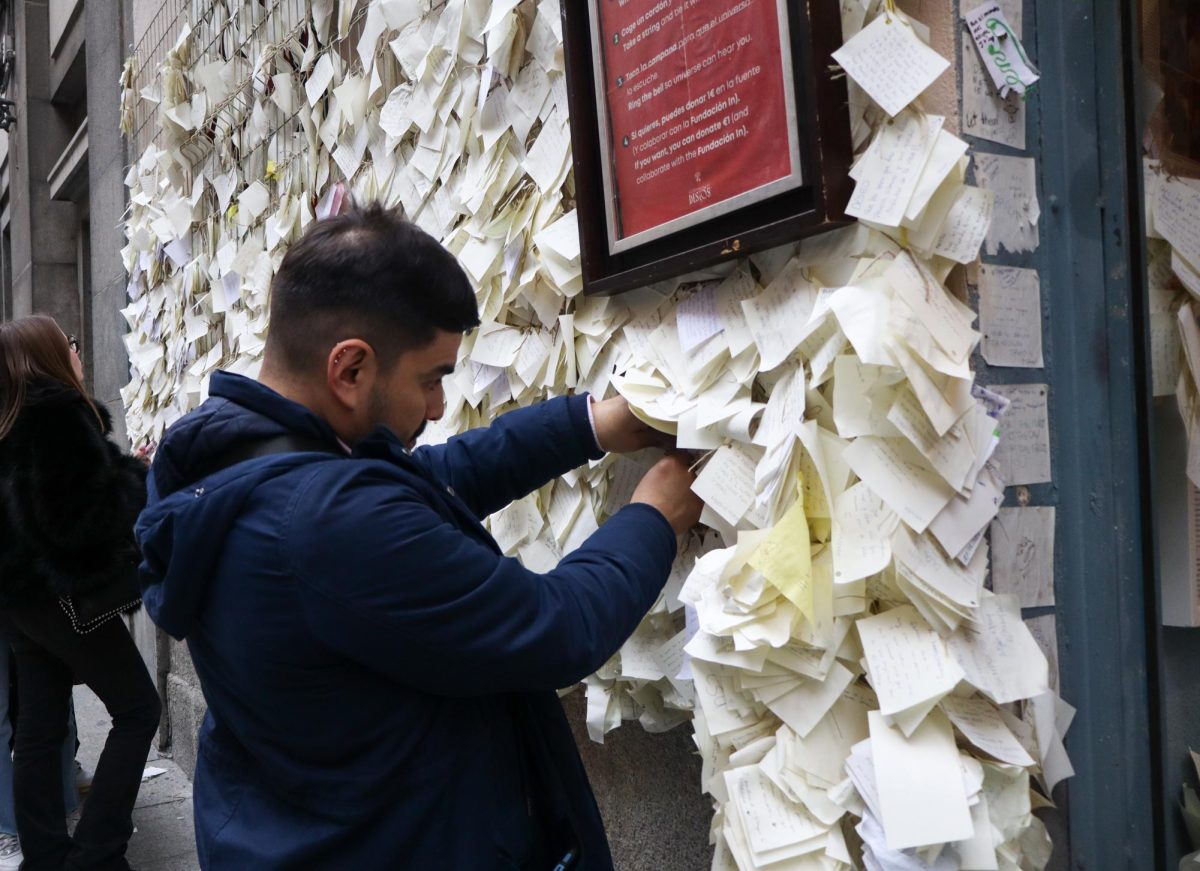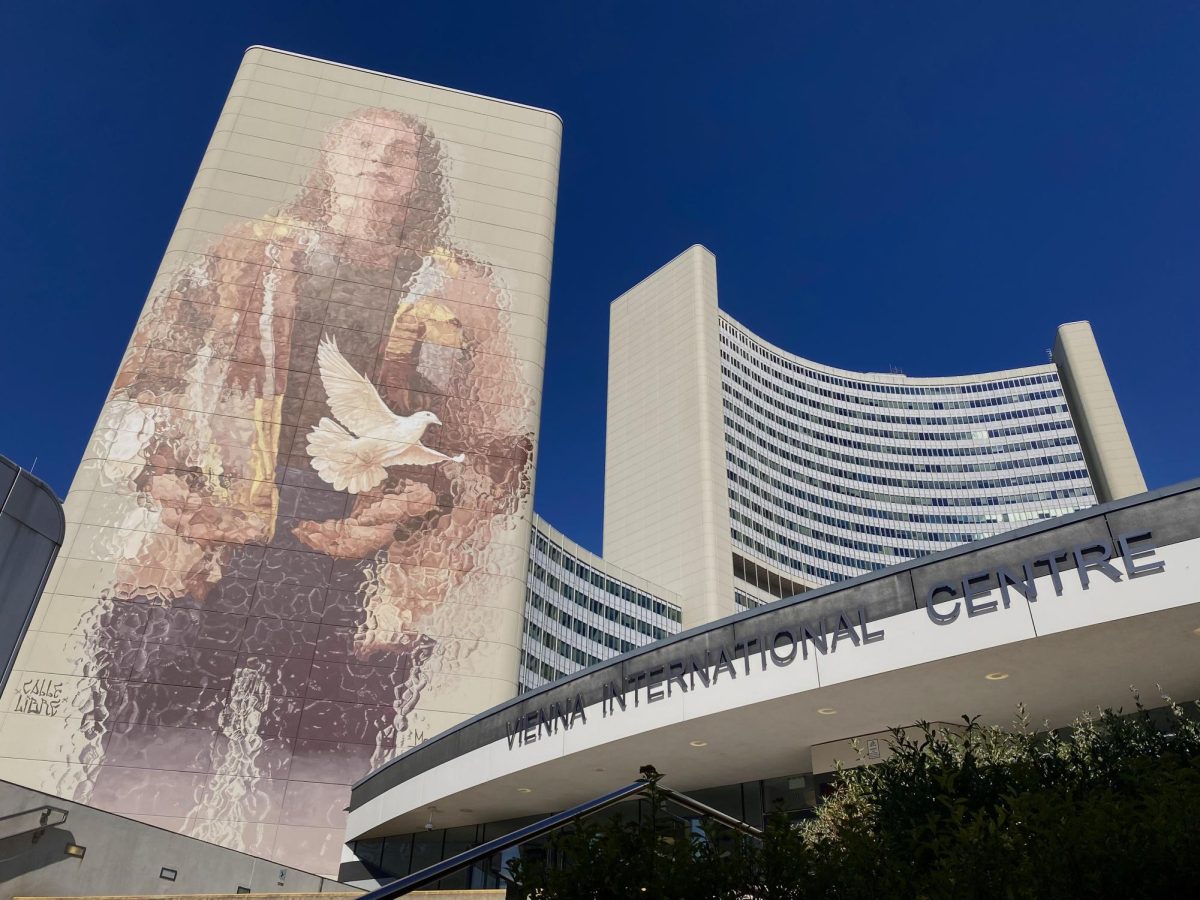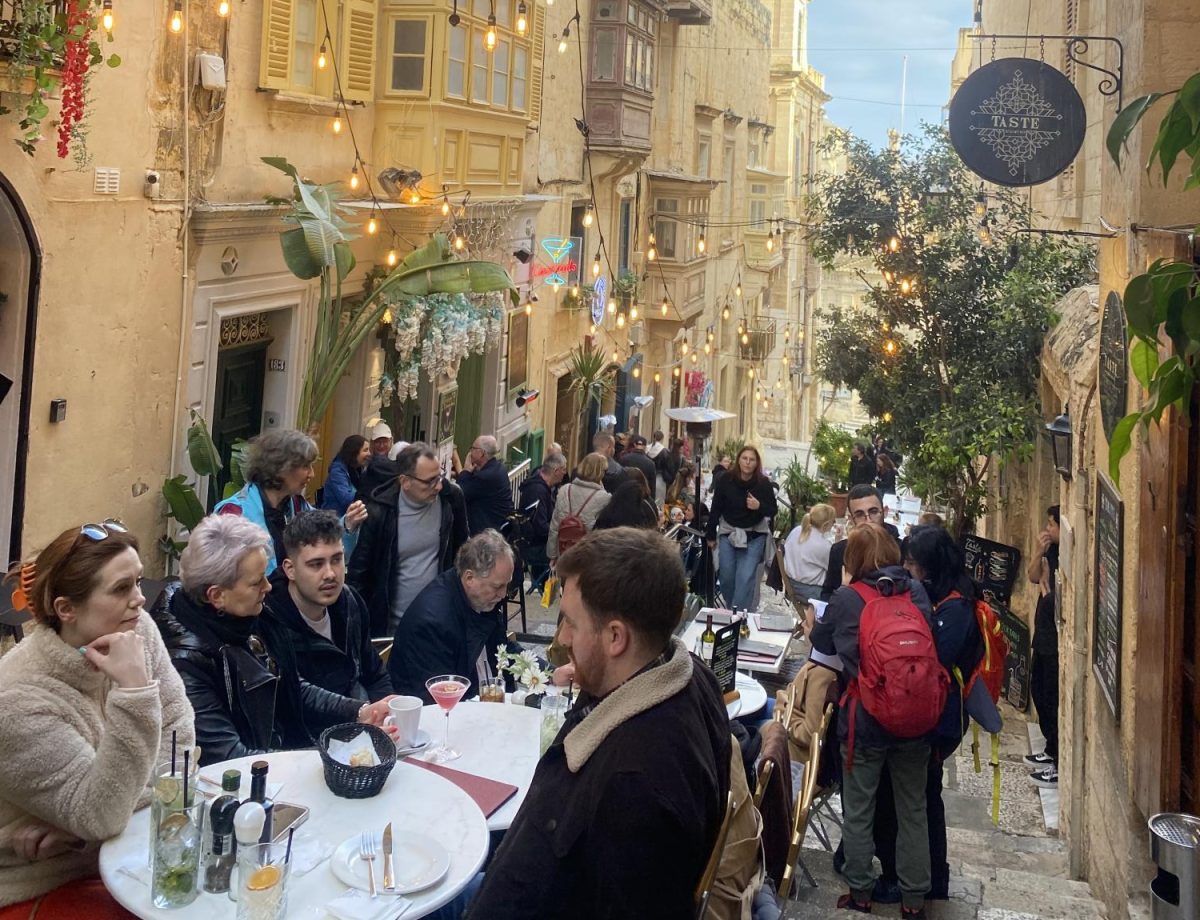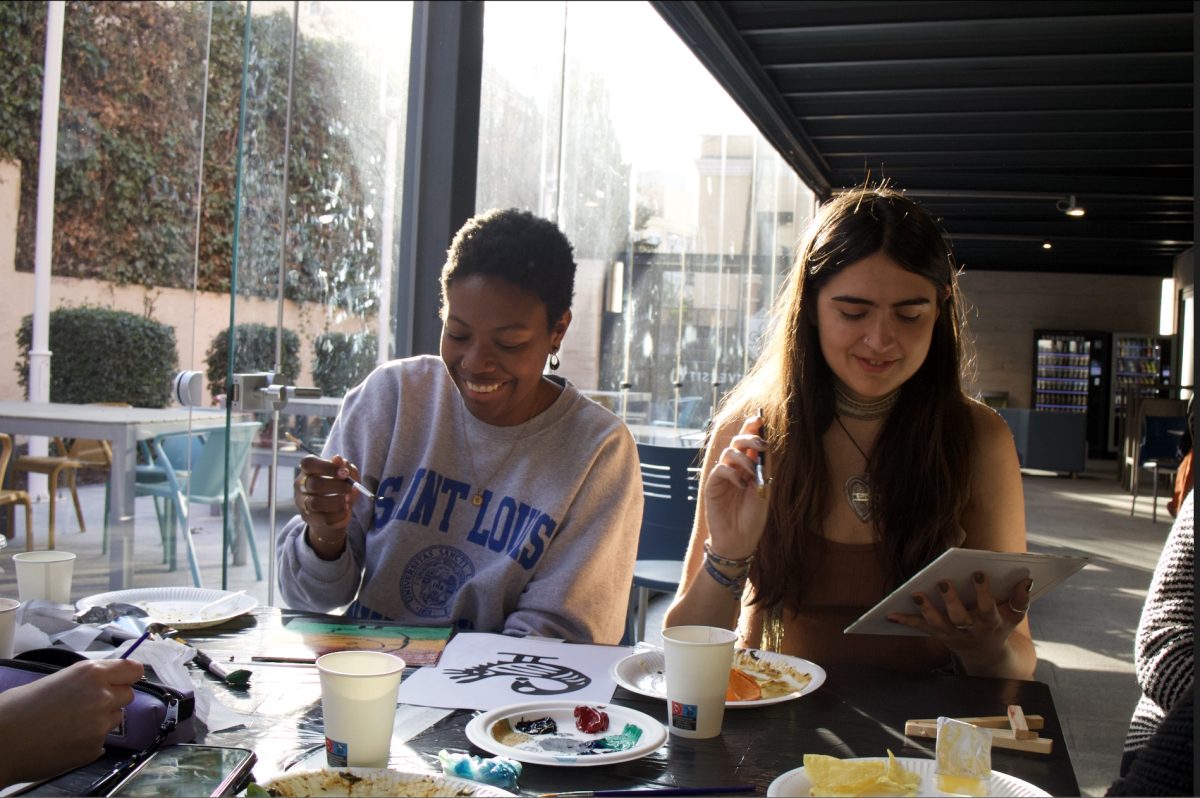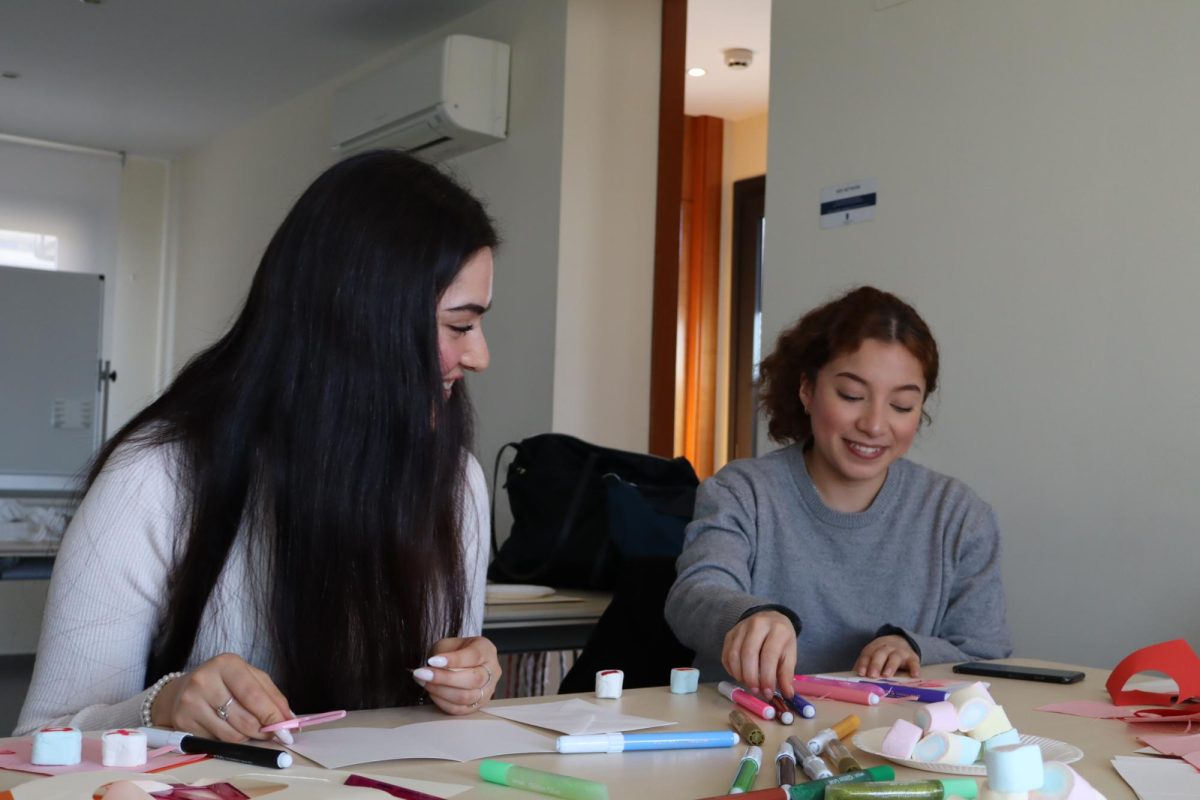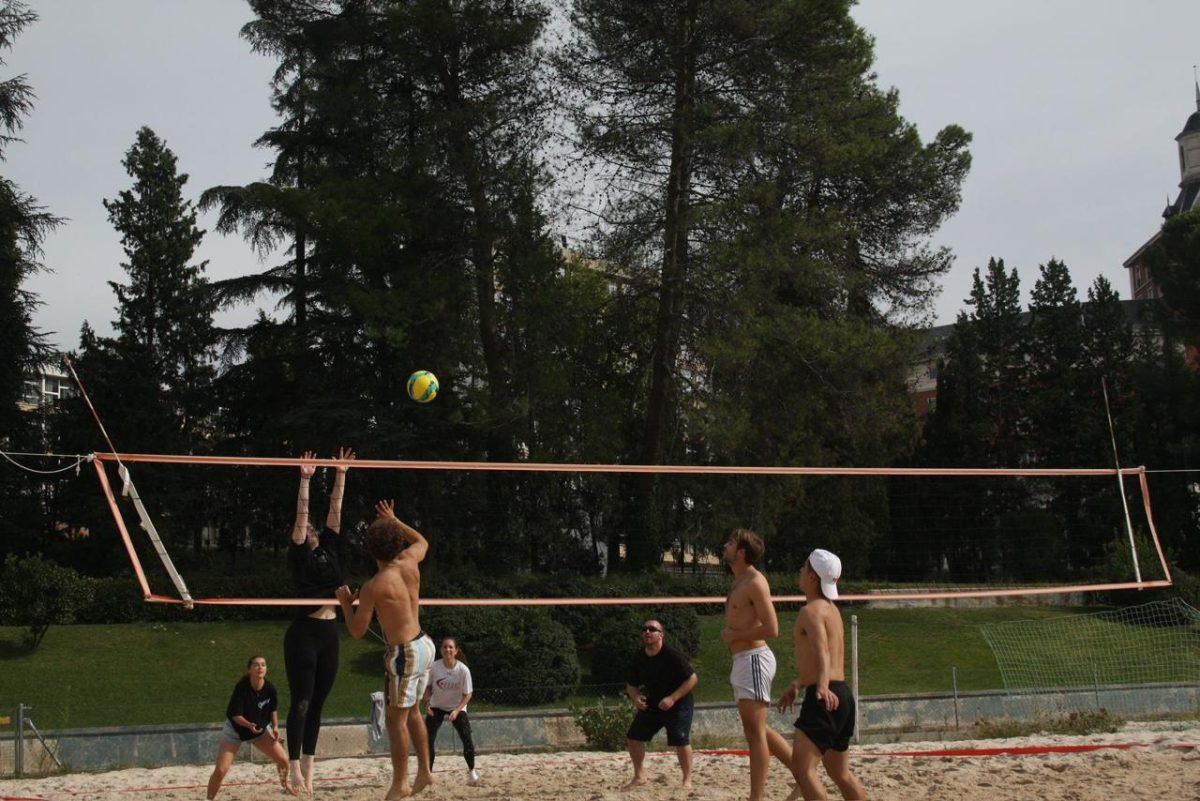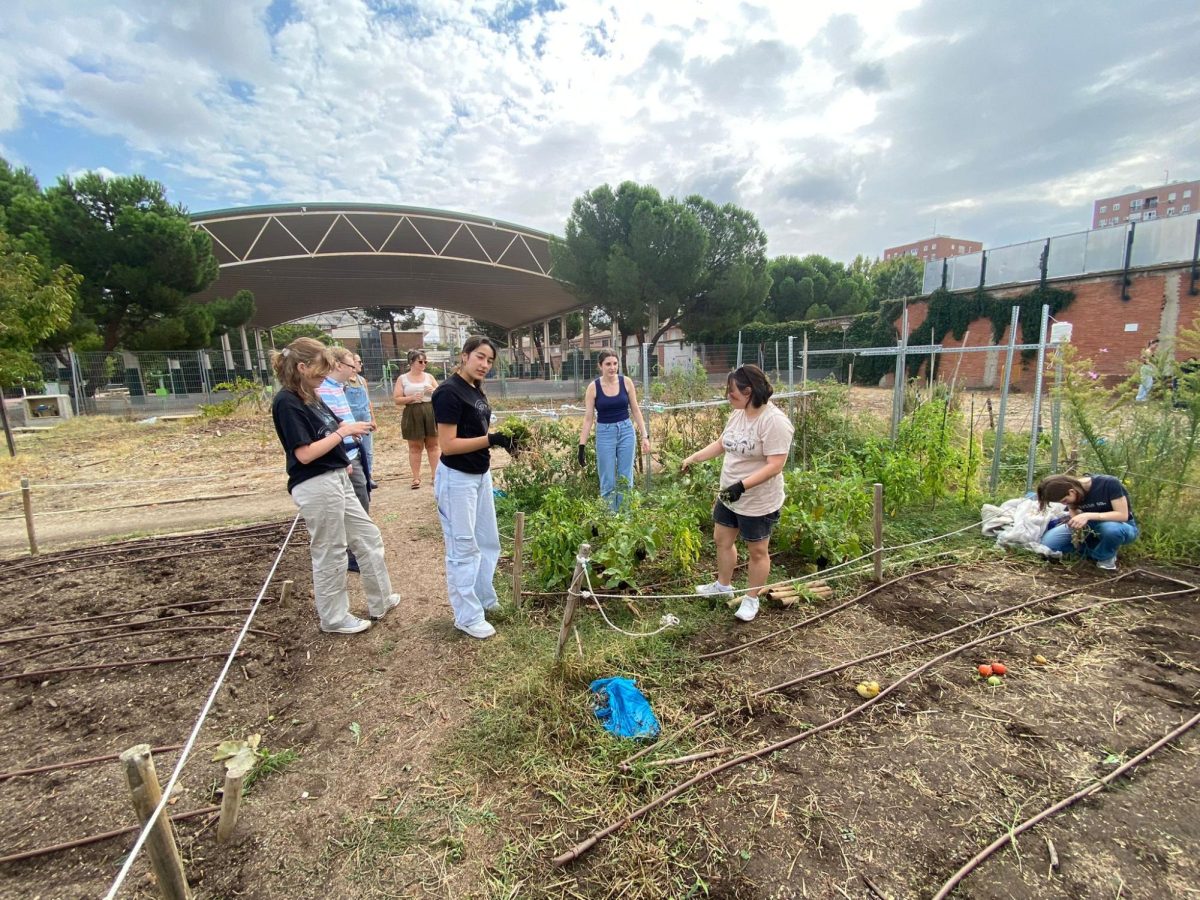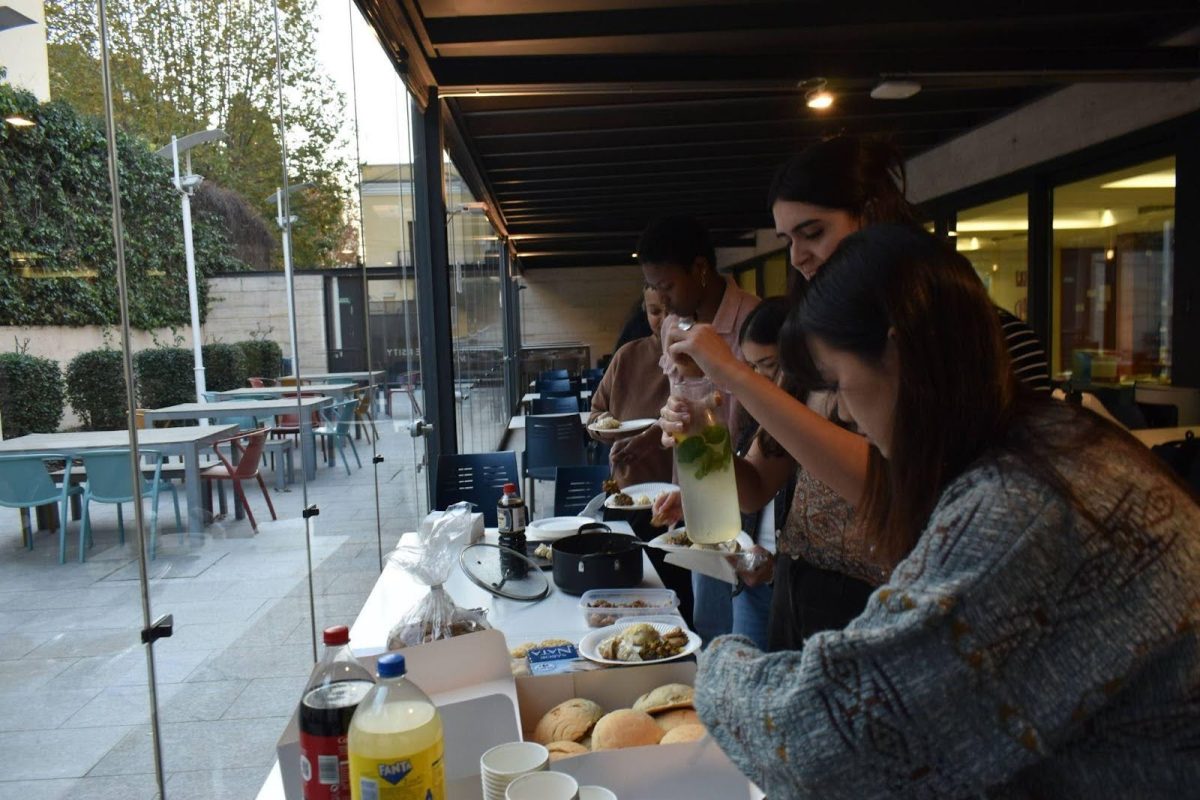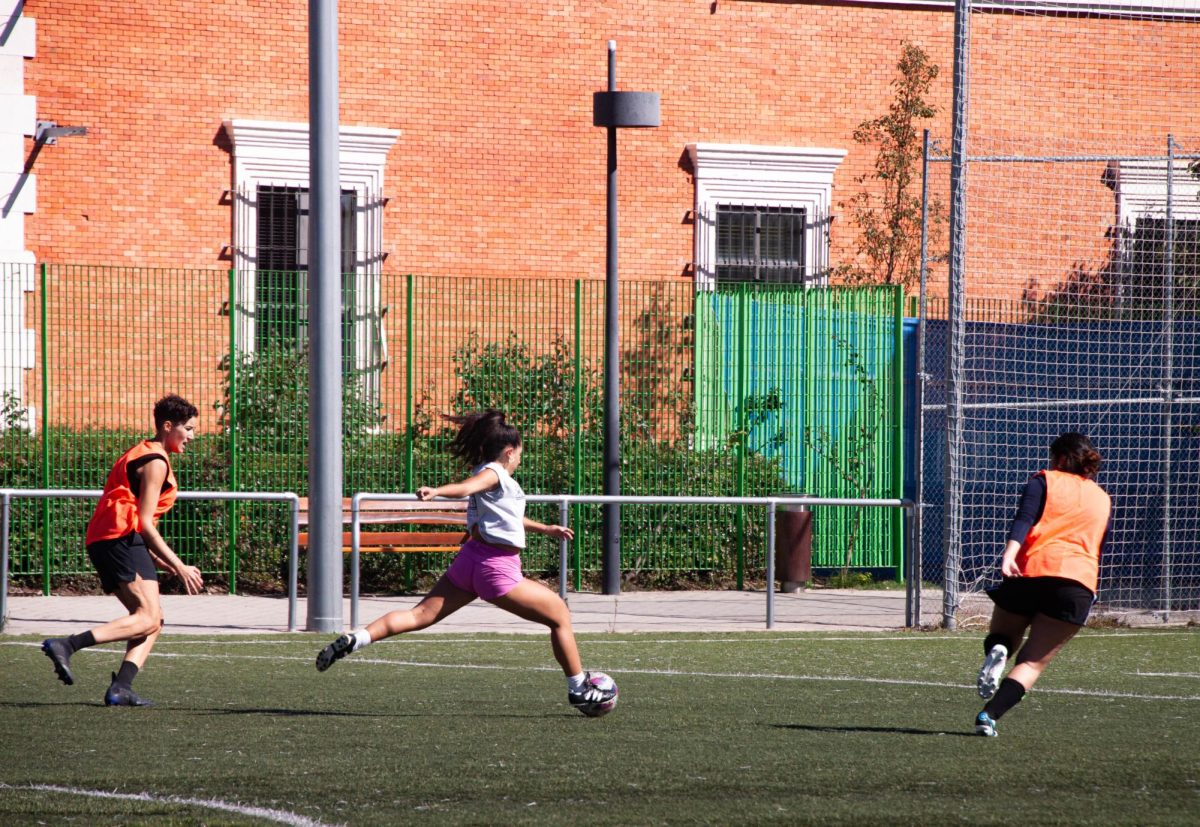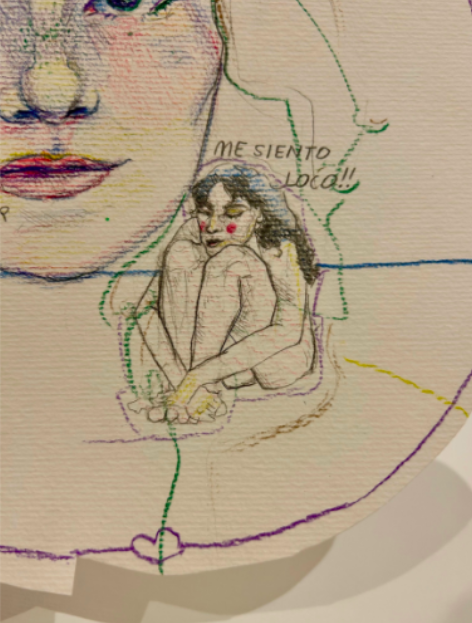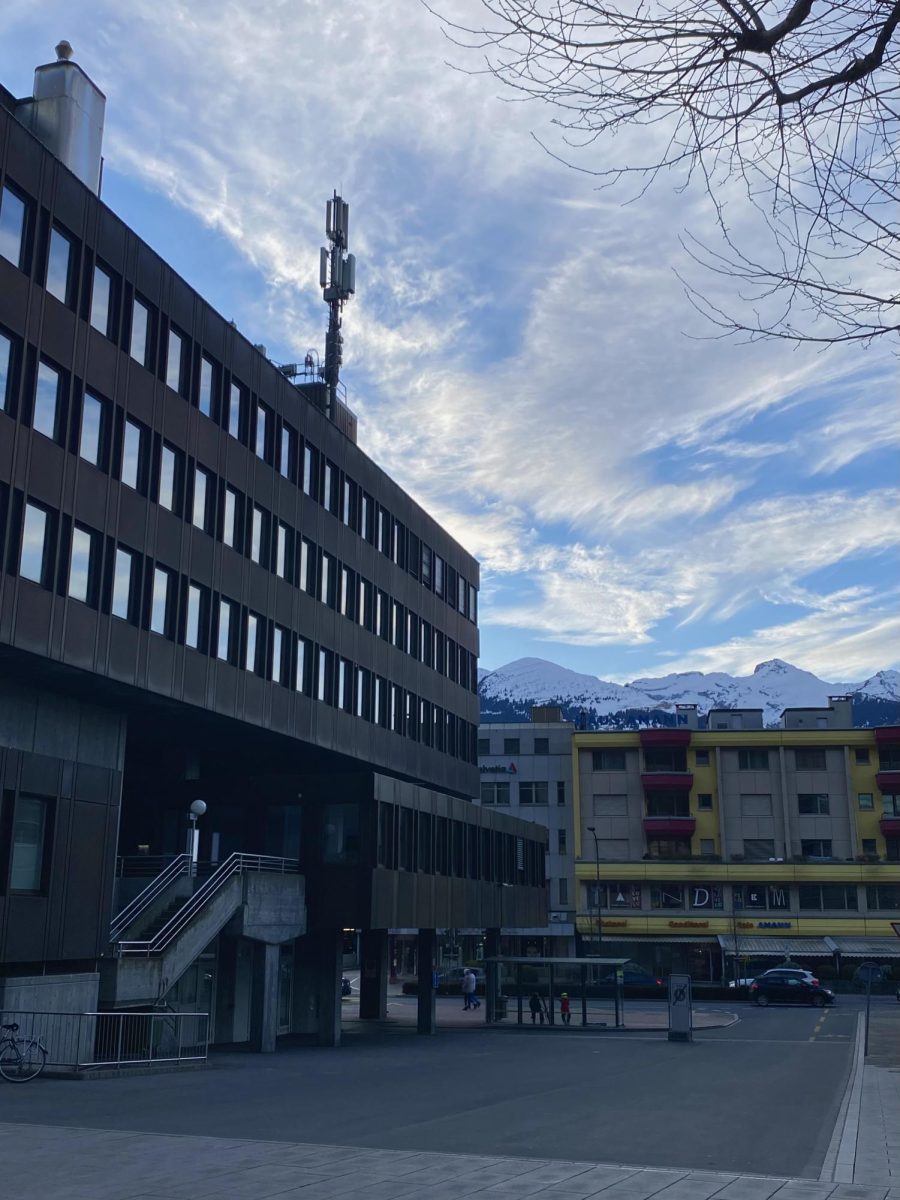The city of Granada’s hub, Plaza Nueva, appears modern, lively and somehow still distinctly atypical with stone streets, colored buildings and numerous balconies. Yet, just behind the restaurants and patios that fill the area lies a path to one of the city’s treasures.
Still in the plaza, tourists stare perplexed at their phones as their GPSs lead them to miniature, nameless pathways tucked between buildings. Trekking up steep stone staircases, overgrown with greenery peeking through the cracks, many travelers turned towards other groups – breaking language barriers with shrugs of shoulders and raised eyebrows.
With each step upwards, the human sounds of the plaza quieted and the intense shade of bright blue, associated with Moroccan culture, bled into the decor of the buildings and houses. The stark color was electrified by the unusually warm sun for an afternoon in early February.
Often, the white houses would be speckled with bright blue pots filled with a dangling mix of deep red and a dark green plants hanging out of windows. Without homeowners in sight, the windows signified a fairytale as if a set of dwarves were just around the corner tampering with the building.
A group of middle-aged Spanish women laughed with each other, leaning on their knees between gasps for air, having already gone up several sets of stairs. They pointed towards the next secret stairway as if to say, “Of course we are taking this route, and not the wide, easily accessible road.”
A man gripped his phone nervously, making glances at his partner a few steps behind and promising the view at the top would be worth the unusual route and rapidly increasing elevation.
And worth it, it was.

The Mirador de San Nicolas is one of the most expansive viewpoints in Granada with a complete view of the city’s most well-known attraction, the Alhambra, a world heritage site famous for its rich historical value and insight into the mixture of Spanish and Moroccan culture within the city.
The architectural wonder is framed by the massive snow-capped Sierra Nevadas, illuminating the Alhambra and nearly matching the Moroccan blue color decorating the city.
Tourists who chose to take the short – yet highly unusual – half mile walk from the city center, dispersed upon arrival, looking to sit on a patio with a drink and their choice of Spanish or Moroccan food or to continue to explore Granada’s Albaicin neighborhood.
Yet many stood on the lookout with their mouths agape, unable to tear their eyes – or perhaps their phone cameras – away from the grandeur of the scene in front of them. Their stares were soundtracked with live music from a single man and his guitar, inspired by the physical beauty behind him.
The viewpoint, complete with benches and areas to sit, offered a place to relax while travelers planned the next stop on their itinerary – pointing out their next destination in the expansive view of Granada.

